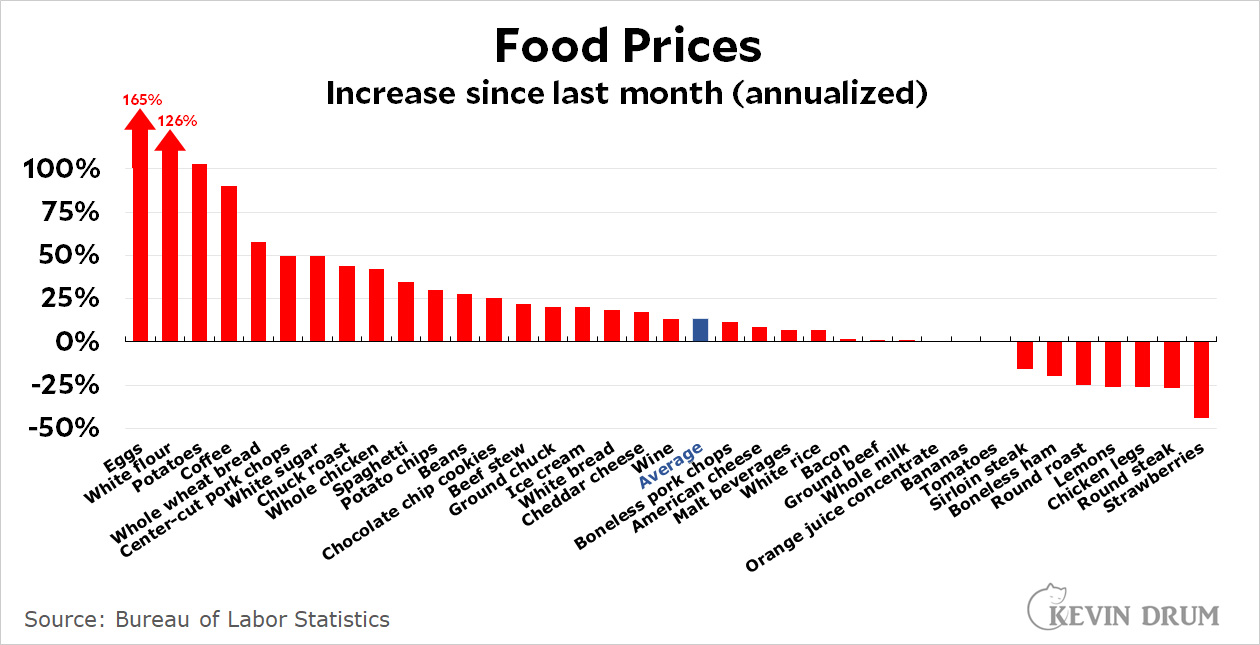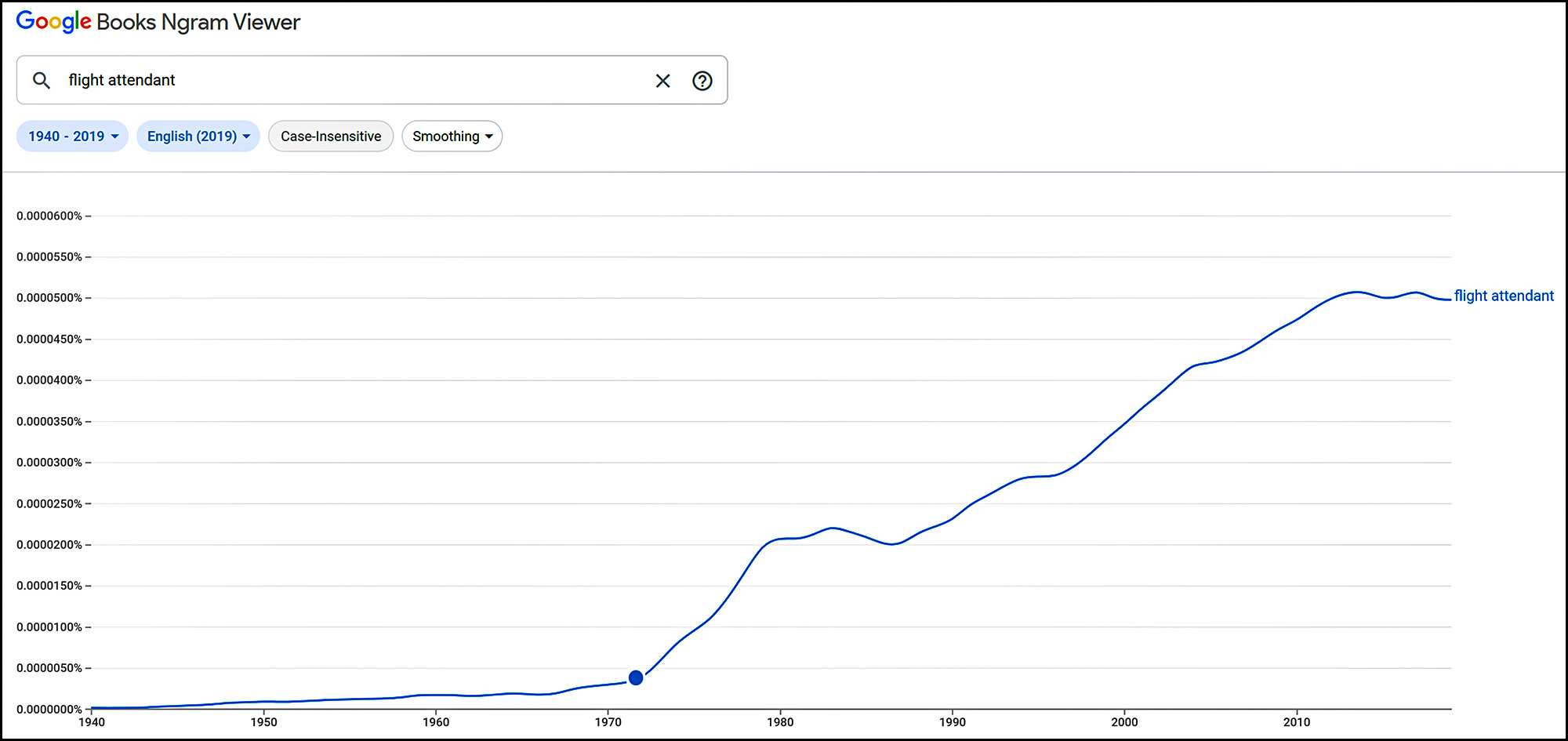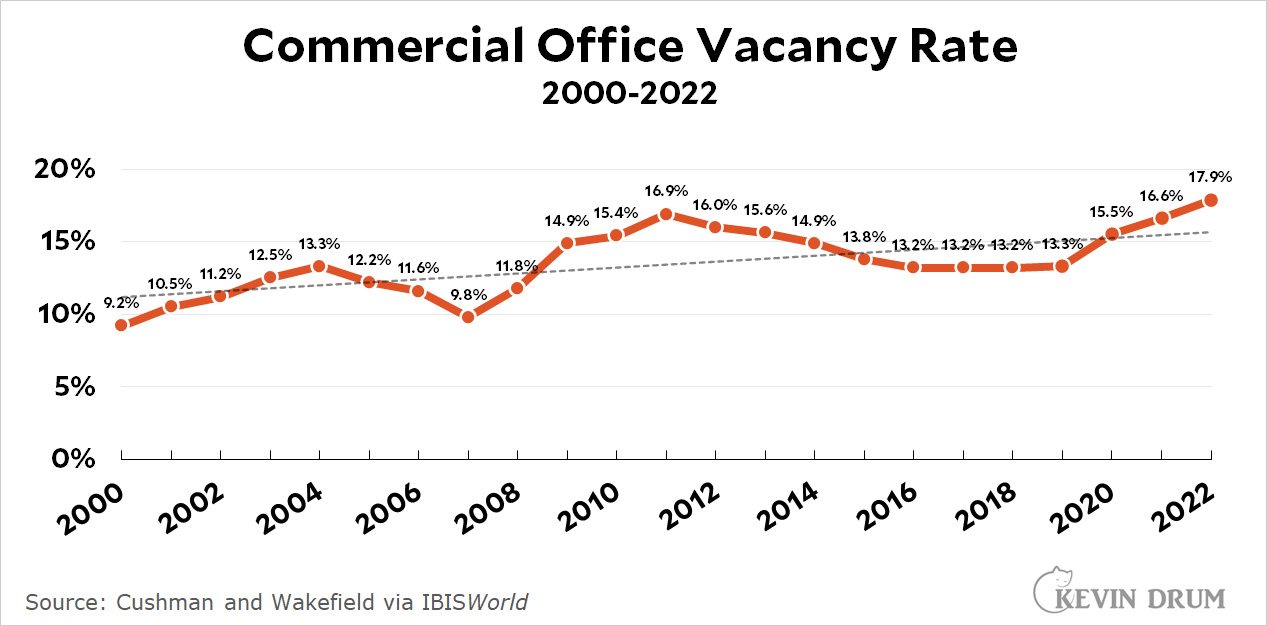In the New York Times today, Maia Szalavitz writes about how Seattle finally tackled chronic homelessness. A few years ago Lisa Daugaard, a lawyer, developed a program called LEAD:
Instead of re-incarcerating homeless people who typically already have long histories of minor arrests, police departments that participate in LEAD refer them to case management services. The program has an overall philosophy of harm reduction, which, in addition to securing shelter, focuses on improving health, rather than mandating abstinence from drugs and other risky behaviors. LEAD originated as a collaboration of public defenders, the police and prosecutors, who put aside differences to work on solutions.
LEAD worked, but during the pandemic shelters were closed and police stopped arresting people for minor crimes. So Daugaard decided to try something new:
With federal pandemic funds becoming available and desperate hotel owners newly open to being paid to house nontraditional guests, she said she saw “our chance to show that there is another way.”
Ms. Daugaard and her colleagues created a program now known as JustCare. JustCare staff members, rather than police officers, would respond to urgent calls about encampments. After building trust with local homeless people, the workers would move them into housing without strict abstinence requirements and then help clean up the site. The police would be contacted only as a last resort.
The common element of both programs is an emphasis on getting people into shelter, not obsessing over behavioral rules or addictions to drugs or alcohol. Addicts would rather have drugs than housing, so insisting that they get clean in return for housing accomplishes nothing except to keep them on the streets.
There's a lesson here for homeless initiatives everywhere. Obviously, one thing you need is actual shelter, and public resistance makes that hard to build. But if you overcome that obstacle, you also need to get people off the street and into your shiny new shelters. The way to do that is to build trust and to let people live the way they want. That doesn't sound attractive to a lot of people, but it works.








